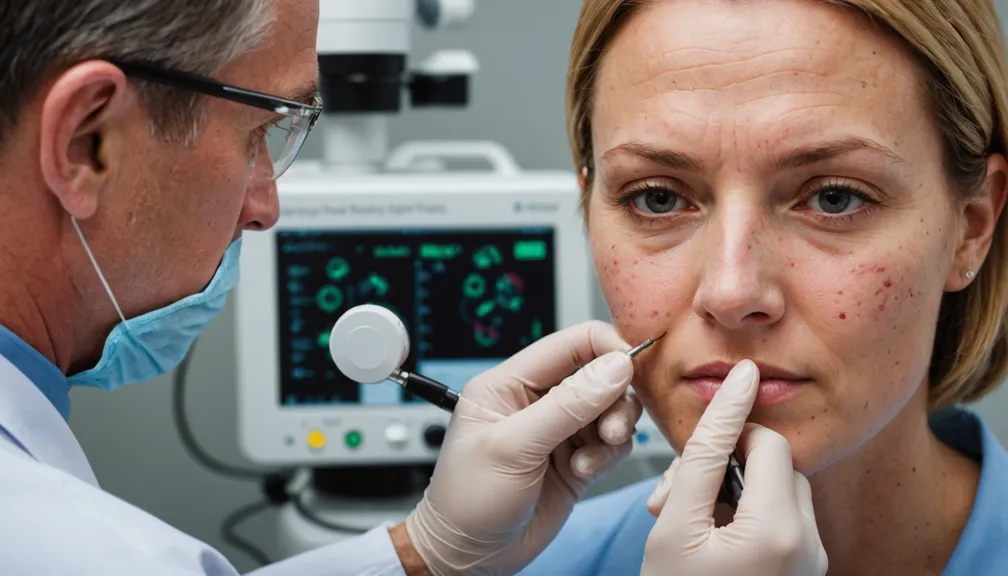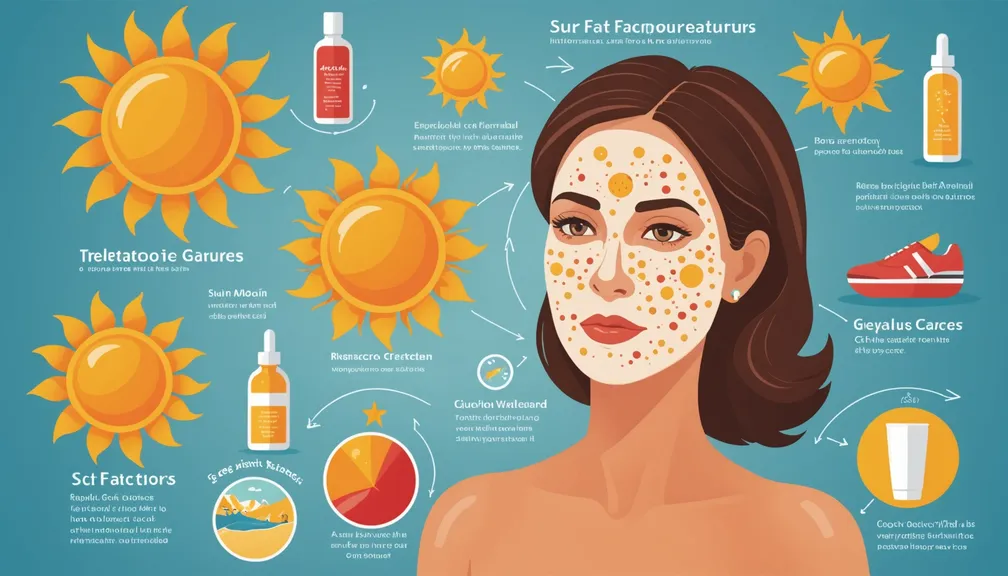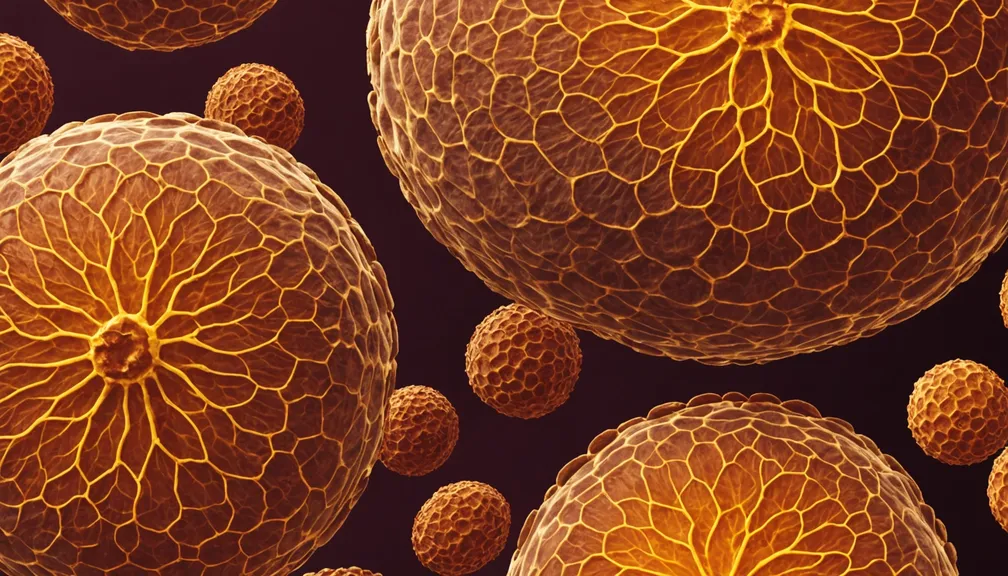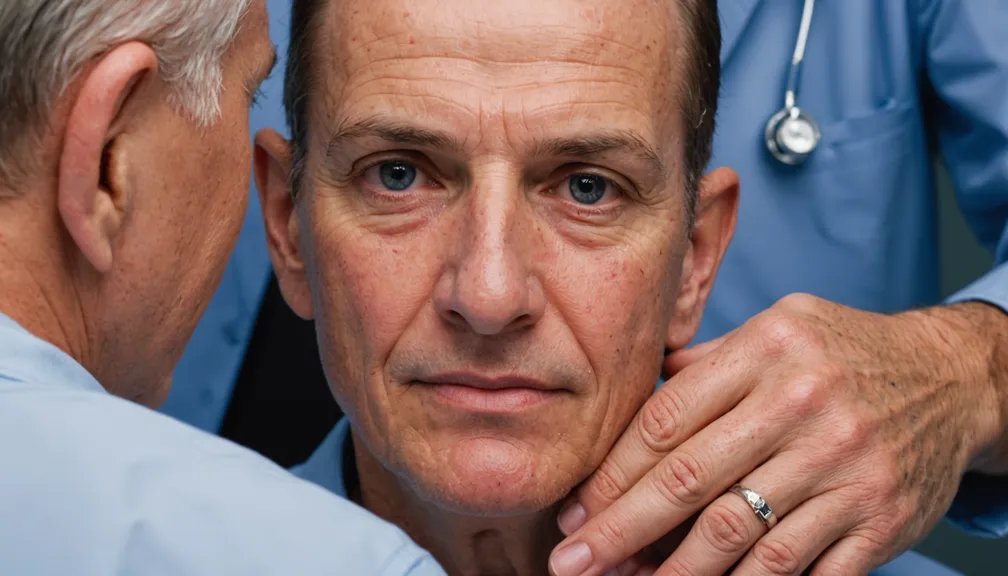Sun Safety: Protecting Your Skin Year-Round
Understanding Rare Skin Cancers
What Are Rare Skin Cancers?
Rare skin cancers are uncommon types of malignancies that develop in the skin. Unlike more prevalent skin cancers such as basal cell carcinoma or melanoma, rare skin cancers have distinct characteristics and may require specialized treatment.
Common Types of Rare Skin Cancers
- Merkel Cell Carcinoma: A highly aggressive cancer that usually appears as a painless, firm, and fast-growing nodule on the skin.
- Dermatofibrosarcoma Protuberans (DFSP): A slow-growing cancer that typically presents as a firm, raised area on the skin, often on the trunk or limbs.
- Others: Includes rarer forms like adnexal carcinomas, sebaceous carcinoma, and others, each with unique features and treatment protocols.
Importance of Sun Safety
How Sun Exposure Affects Skin Health
Exposure to ultraviolet (UV) radiation from the sun damages the DNA in skin cells, which can lead to mutations and the development of cancer. Both UVA and UVB rays contribute to this risk, making sun protection essential.
Sun Exposure and Risk Factors for Rare Skin Cancers
While rare skin cancers are less common, excessive sun exposure increases the risk of developing these malignancies. Factors such as fair skin, a history of sunburns, and prolonged sun exposure can heighten this risk.
Protective Measures Against Sun Exposure
Use of Sunscreen
- Choose Broad-Spectrum Sunscreen: Select a sunscreen that protects against both UVA and UVB rays with an SPF of 30 or higher.
- Apply Properly and Regularly: Apply sunscreen generously to all exposed skin at least 15 minutes before going outside and reapply every two hours or after swimming or sweating.
Wearing Protective Clothing
- Long-Sleeved Shirts and Pants: Wear clothing that covers your skin to reduce UV exposure.
- Wide-Brimmed Hats: Protect your face, neck, and ears by wearing hats with at least a 3-inch brim.
- Sunglasses with UV Protection: Shield your eyes and the surrounding skin from harmful rays.
Seeking Shade
- When and Where to Seek Shade: Stay under shelters, umbrellas, or trees, especially during midday hours when the sun's rays are strongest.
Avoiding Peak Sun Hours
- Time of Day to Limit Sun Exposure: Minimize sun exposure between 10 a.m. and 4 p.m., when UV radiation is at its peak.
Regular Skin Checks
How to Perform Self-Exams
- Check All Skin Areas: Regularly examine your skin from head to toe, including areas that are hard to see like the back, soles of the feet, and between fingers.
- Look for Changes: Identify any new growths, moles, or spots, and note changes in size, shape, or color.
Importance of Regular Professional Skin Exams
- Early Detection: Schedule skin exams with a dermatologist at least once a year or more frequently if you have risk factors.
- Professional Assessment: Dermatologists can identify suspicious lesions and recommend further testing or treatment if necessary.
Recognizing Warning Signs
Changes in Skin Appearance
- New Growths or Moles: The sudden appearance of a new growth or mole can be a warning sign.
- Alterations in Existing Moles: Changes in size, shape, color, or texture of moles should be evaluated by a healthcare professional.
Symptoms to Watch For
- Unexplained Itching or Pain: Persistent itching, tenderness, or pain in a specific area may indicate an underlying issue.
- Non-Healing Sores: Sores that do not heal over time require medical attention.
Types of Healthcare Professionals That Can Help
Dermatologists
Specialists in skin health who can perform skin exams, diagnose skin cancers, and recommend appropriate treatments.
Oncologists
Cancer specialists who provide comprehensive care for cancer patients, including treatment planning and management.
Primary Care Physicians
Your first point of contact for health concerns, who can refer you to specialists and coordinate your overall care.
Specialists in Rare Diseases
Healthcare professionals with expertise in diagnosing and treating rare conditions, including rare skin cancers.
Additional Lifestyle Tips for Skin Health
Healthy Diet
- Antioxidant-Rich Foods: Consume fruits and vegetables high in antioxidants to help protect skin cells from damage.
- Hydration: Drink plenty of water to maintain skin elasticity and overall health.
Staying Hydrated
- Adequate Fluid Intake: Ensures that your skin remains moisturized and functions properly.
Avoiding Tanning Beds
- No Safe Tanning Exposure: Tanning beds emit harmful UV radiation that increases the risk of skin cancers.
Implementing these sun safety practices can significantly reduce the risk of developing rare skin cancers and promote overall skin health. Always consult with healthcare professionals if you notice any changes in your skin or have concerns about your skin health.






